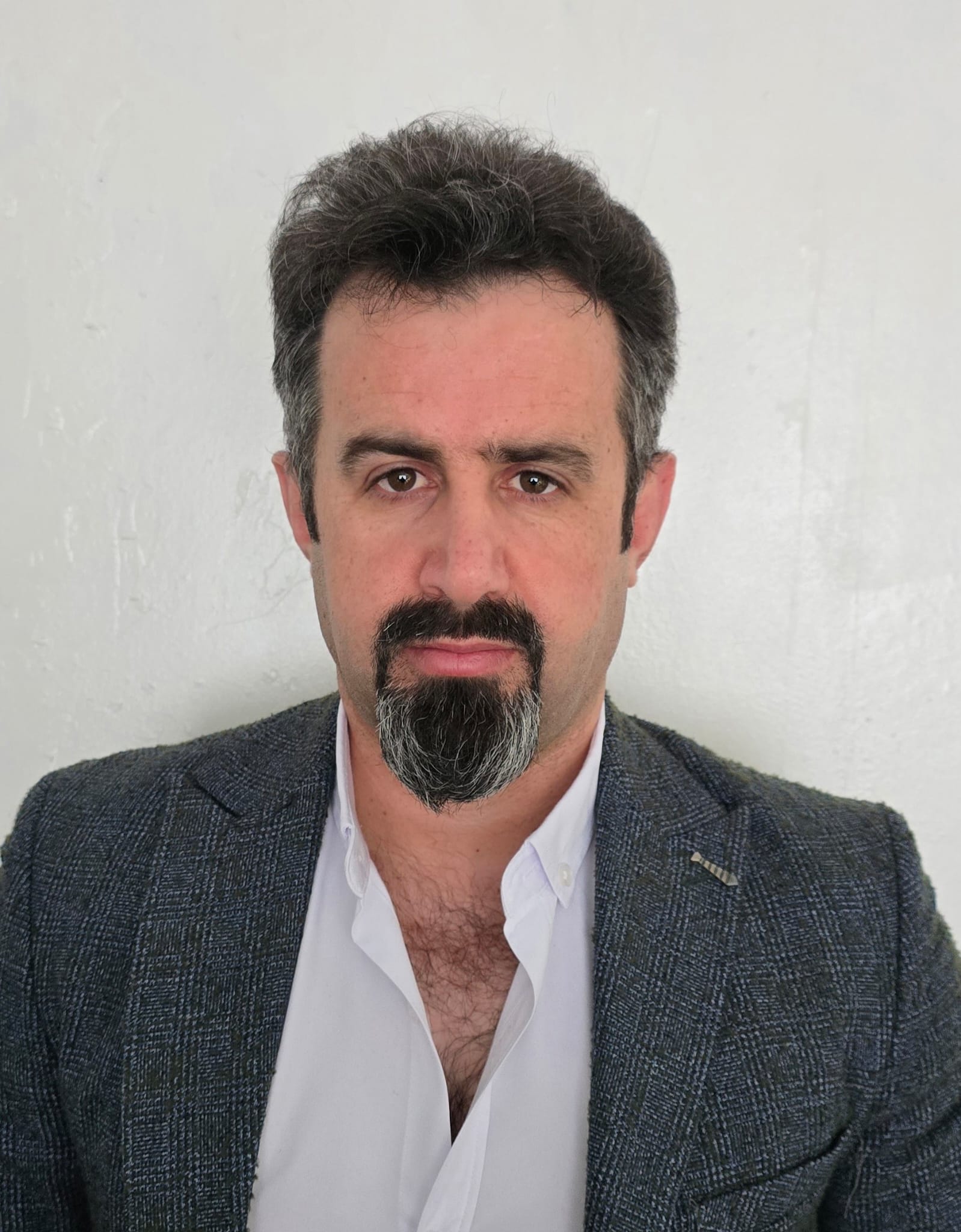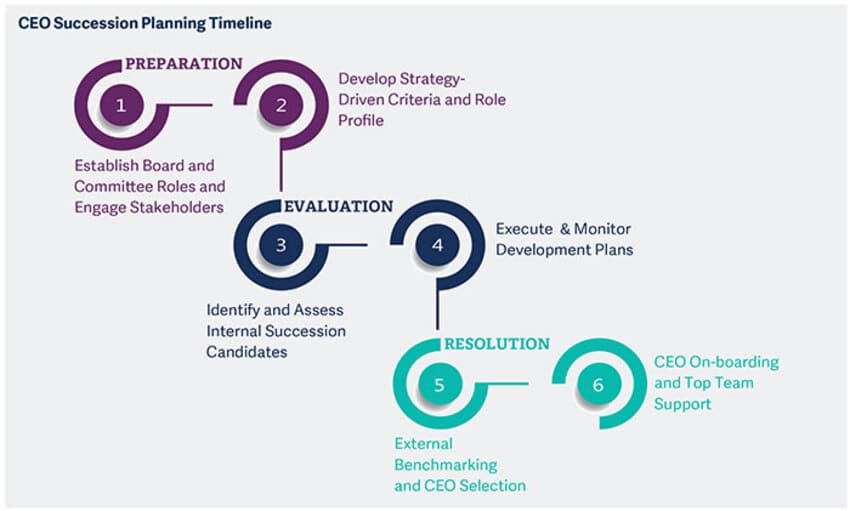Logistics and Supply Chain Management
4
Insights into Maersk's Efforts to Make Its Supply Network More Robust
- Rating
- warehousing
- managing
- disruptions
- profits
- ships
- scalability
- enterprise
- management
In 2021, when the lockdowns caused by Covid-19 started to loosen up, Maersk North America, a branch of the Danish shipping and logistics giant Maersk, found itself in the middle of a storm. Its ports, terminals, warehouses, and distribution centers were becoming global bottlenecks, which was made worse by a lack of workers. Maersk responded by moving ships from less-used routes to transpacific trade lanes, extending the hours its facilities are open, improving its tracking systems, and opening new warehouses and distribution centers.
At the same time, Maersk was making record profits thanks to the huge amount of pent-up demand and the extra money companies paid to get their deliveries done faster. It was the best and worst of all possible worlds. It was also a once-in-a-lifetime chance to find and fund solutions that not only dealt with the immediate crisis but also long-term trends, making its operations more resilient. Some of these were the need to make its operations less carbon-intensive and more digital, to use and deploy AI, and to fix problems with hiring and keeping staff.
When a big change happens, companies usually take a limited approach to innovation. For example, they might hire a chief innovation officer or set up a special fund to invest in startups. Maersk's leaders, on the other hand, took a systems approach that any company with a complex multinational supply chain can learn from. This approach coordinates strategy, processes, and talent. Spot solutions are needed to help a company get through a sudden shock, but the only way to ensure agility and resilience in the future is to address systemic issues in a way that is intentional and focused on the long term and brings together clear priorities, well-designed, repeatable processes, strong governance, and a skilled team.
In 2021, Maersk made a dedicated innovation center with the help of Innosight. This center has used the following three systems-design principles:
1. Keep your business's priorities in mind at all times.
Innovation groups are often tempted to pursue innovation just for the sake of innovation, going after the newest technologies whether or not they fit with the company's overall goals. But an innovation center isn't just there to help a business "keep up with the Joneses." They should be made and put together in a way that supports and moves forward their overall strategies. In the case of Maersk, this meant moving faster toward integrating the whole supply chain.
Maersk's leaders, for example, thought about getting into the micro-fulfillment market and offering last-mile services to individual customers. But while the approach has potential and may become more important in the future, it wasn't focused on Maersk's biggest customers, who are also its most important drivers of growth and profit. These retailers are the ones most affected by the supply chain crisis.
So, the innovation center turned its attention to port-transload operations, which involved moving the contents of international containers from ocean carriers into 53-foot truck trailers. This was a major bottleneck in North America. In partnership with Maersk operators, the Port of Vancouver, and Canadian Pacific Railway, it built the Pacific Transload Express, a 117,000-square-foot, 103-door transload facility that is a short train ride away from the chaos of Vancouver's three major container terminals. This solution made supply chains even more reliable and predictable by lowering the range of door-to-door times for container shipments from 35 to 75 days to 35 to 40 days. And by getting rid of more than 100,000 local truck trips a year, CO2 emissions were cut by more than 15%. This helped Maersk move closer to its goal of being carbon neutral by 2040.
2. Set up a good system of governance and clear points of contact with both internal and external partners.
Another reason why many innovation groups don't meet expectations is that they aren't connected to the people they are supposed to serve. In the case of Maersk's innovation center, these "customers" are the internal business units that are in charge of warehousing and distribution hubs. In the same way, an innovation group might forget to make good connections with start-ups, universities, and other important third-party partners.
Maersk's innovation center reports all the way up to the C-suite, which makes sure it has the full attention and support of senior management. It also reports to key operational leaders, whose support is crucial as ideas are tested and scaled. An innovation council is made up of Maersk's North American regional managing director and the unit's executive vice presidents of operations and corporate operations. Its purpose is to make sure that business units have a say in setting priorities and that they keep operational control when piloting projects that affect them. Multiple universities (like the MIT Center for Transportation & Logistics), government agencies (like the New Jersey Economic Development Authority), the commercial robotics company Boston Dynamics, and a number of startup companies are among the outside groups that give input to the council. Having all of these important people's points of view makes sure that the innovation center stays focused on the most important problems and can quickly change direction if a project creates new ones.
Maersk has a strong corporate venture capital arm called Maersk Growth, but the innovation group keeps its own connections in the VC and startup worlds to get access to new, disruptive technologies and bring an outside-in perspective to their projects. This is where it went when the long-term problem of "inventory leakage," or 6% of the goods on hand that can't be found or accounted for, became more important during the crisis. (Most warehouses are okay with 5% to 10% of their goods getting lost.)
After getting ideas from a few different companies, it chose to use self-flying drones that fly through warehouses and take pictures, videos, and 3D scans. After that, video analytics and AI are used to find the missing pallets. Because the center kept open lines of communication with its many partners, the drones and their software were developed, tested, and put to use in warehouses in less than four months. Leakage was cut down to almost nothing, and the system is now being used by a large number of people.
3. Make sure the center has everything it needs and uses clear, repeatable processes.
Too many corporate innovation groups are made up of smart people who don't know anything about the business's strategy or goals. Because of this, their projects don't always have the impact they could. Maersk hired engineers, data scientists, and logistics and operations experts from both inside and outside the company. During the interview process, candidates' creative thinking was questioned and tested.
Maersk's leaders thought carefully about where to put the innovation center and chose a dedicated office space in Jersey City, New Jersey, which is far from Maersk North America's headquarters in the suburb of Florham Park, New Jersey. They were looking for talented people in the area around New York City. The city where they were looking was a short PATH train ride from Manhattan. Also, the site's distance from the regional unit's headquarters in Florham Park would give the innovation center the mental and physical distance it needs to avoid just using Maersk's tried-and-true methods.
Clear, repeatable processes were made and shared with the teams so that they would stick to Maersk's strategy and not have to change the center's operating model every time a new idea was looked into. Instead of going straight from an idea to a proof of concept, its innovation process starts with figuring out what the problem is, who is most affected by it, and how it affects the business.
For example, when looking for ways to make work more efficient, an innovation team found that picking and packing by hand took a lot of time. Then they came up with a possible solution using "goods to person" robotics, which are automated technologies that get the right thing to the right worker at the right time. Initiatives go through a stage-gate process as they move from ideation to designs, pilots, and finally solutions at scale, with clear benchmarks set and feedback collected in real time. If a pilot doesn't work or shows that it can't be scaled up, it is shut down quickly.
The End Result
The results say everything you need to know. By November 2022, Maersk had tested more than 23 different ideas. Seven of them are now being used on a larger scale, and two have been scrapped. As a result, shipping times from Asia to North America are less likely to change by 46%, and a lot of money has been saved. But at a conference for people in the same field that same month, North America Regional Managing Director Narin Phol warned against getting too comfortable. "Disruptions in the supply chain happen all the time," he said. "Don't think that anything is a given."
Maersk's experience shows that a systems approach to innovation—one that is aligned with the enterprise strategy, solves relevant problems for internal and external customers, creates clear interfaces with partners, and builds and maintains broad organizational capacities—can bring clarity, resilience, and scalability to efforts to build the supply chain of the future. Its way of doing things is something that any business with a complicated supply chain can learn from.
Leave a Reply
Your email address will not be published. Required fields are marked *


